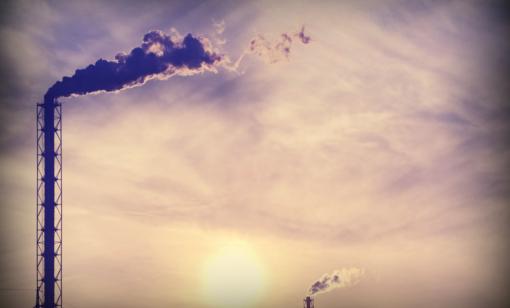
Natural Gas Report: Haynesville, World
The Haynesville Shale play’s making more than 14 Bcf/d today, and the world is counting on this Gulf Coast LNG supplier to keep delivering—and more, too.
Logging you in.
Logging you out.
Updating your account.

The author of The American Shales, Darbonne has been a journalist since 1984, beginning in the oil and gas fields of South Louisiana. She writes for Oil and Gas Investor and is actively involved in Hart's conference agendas. Prior to joining Hart in 1998, she was the business editor for The Daily Advertiser (Lafayette, La.) and a correspondent for The Morning Advocate (Baton Rouge). She received her BA in English and journalism from the University of Southwestern Louisiana, now known as the University of Louisiana at Lafayette.

The Haynesville Shale play’s making more than 14 Bcf/d today, and the world is counting on this Gulf Coast LNG supplier to keep delivering—and more, too.

These climate discussions are tired. For decades now, they’re steeped in whining and lacking truth. The truth: hydrocarbons enable conservation.

Why the New England Oilers? The region burns oil to generate electricity when it doesn’t have enough natural gas—and it doesn’t have enough natural gas.

Energy Transfer ran an ad during a football game. Tweeters, redditors and others chimed in their opinions.

Wells Fargo Securities analyst estimates $25,000 per undeveloped acre for Colgate Energy’s Permian Basin position.

Veteran producers of the primary Btu, oil and gas, as well as longtime Btu financiers are joining to build operations in additional forms of fuel.

News of the Continental Resources Inc. founder’s divestment of two-thirds of his shares is greatly misunderstood.

Executives and board members’ CVs include Intrepid Oil & Gas, Jonah Energy, CW Interests, Dan A. Hughes Co., Huber Energy, McCombs Partners, UTIMCO and more.

Margins are strong in the multistream SCOOP, STACK and Merge where operators are dialing up the hydrocarbon weighting they want from any given rig. Yet, any stream—oil, gas, NGL—will make the numbers these days.

Net-zero emissions by 2050. Is it possible? Oil and Gas Investor Editor-at-Large Nissa Darbonne explores what it will take and what that could mean for the industry.
© 2025 Hart Energy. All rights reserved. Reproduction in whole or in part, in any form or medium without express written permission is prohibited.
